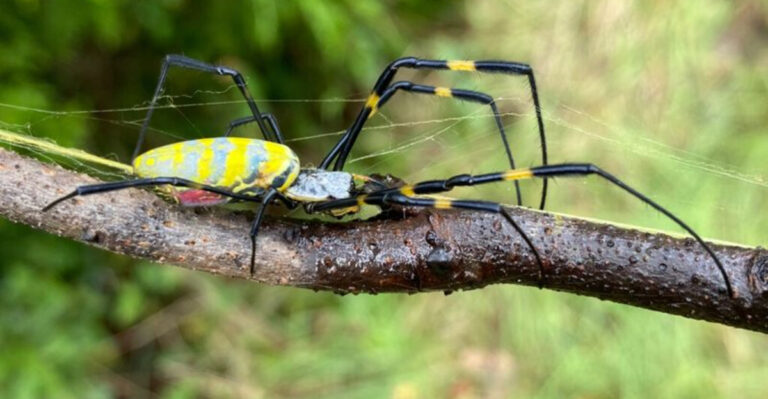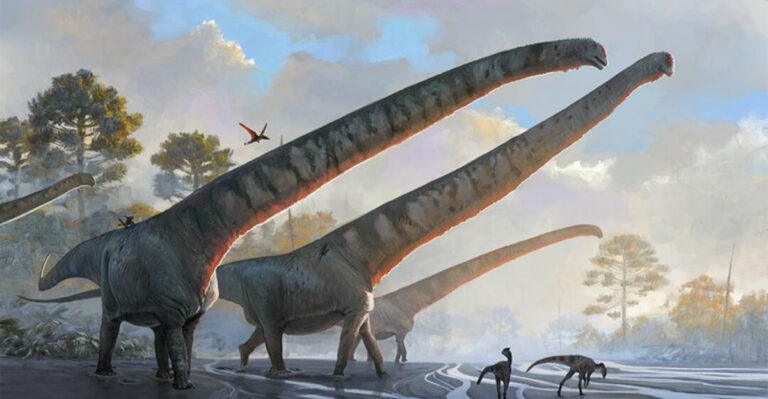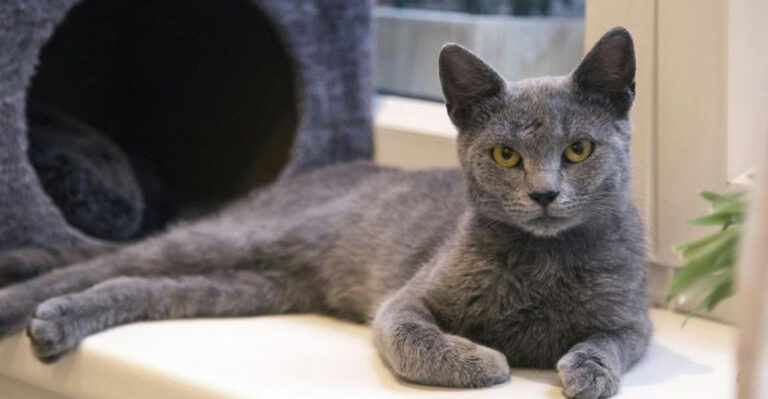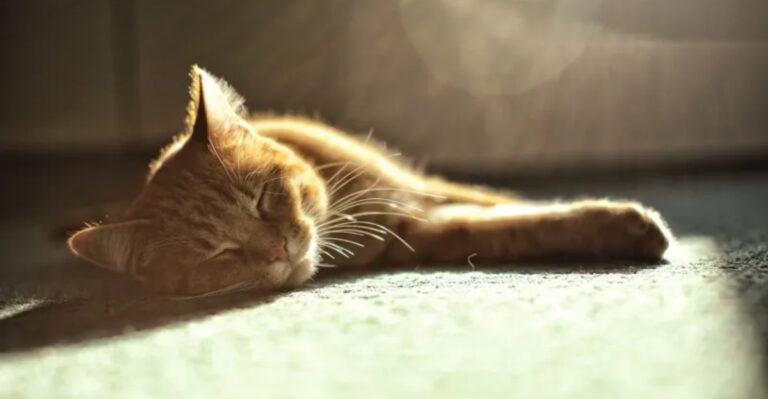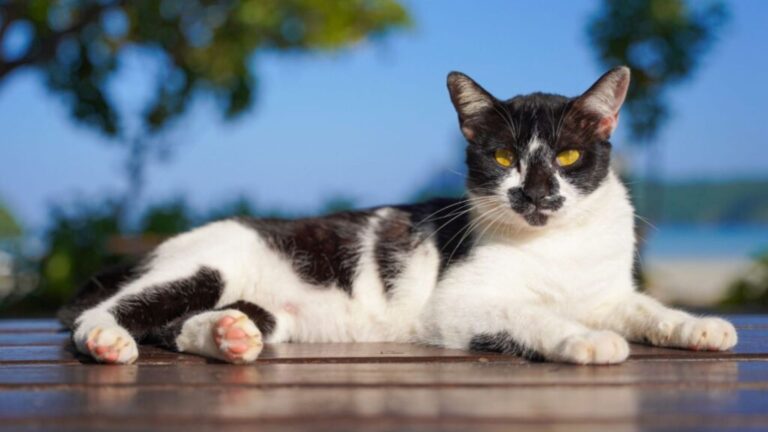16 Animal Names That Are Totally Misleading (And What They Really Are)
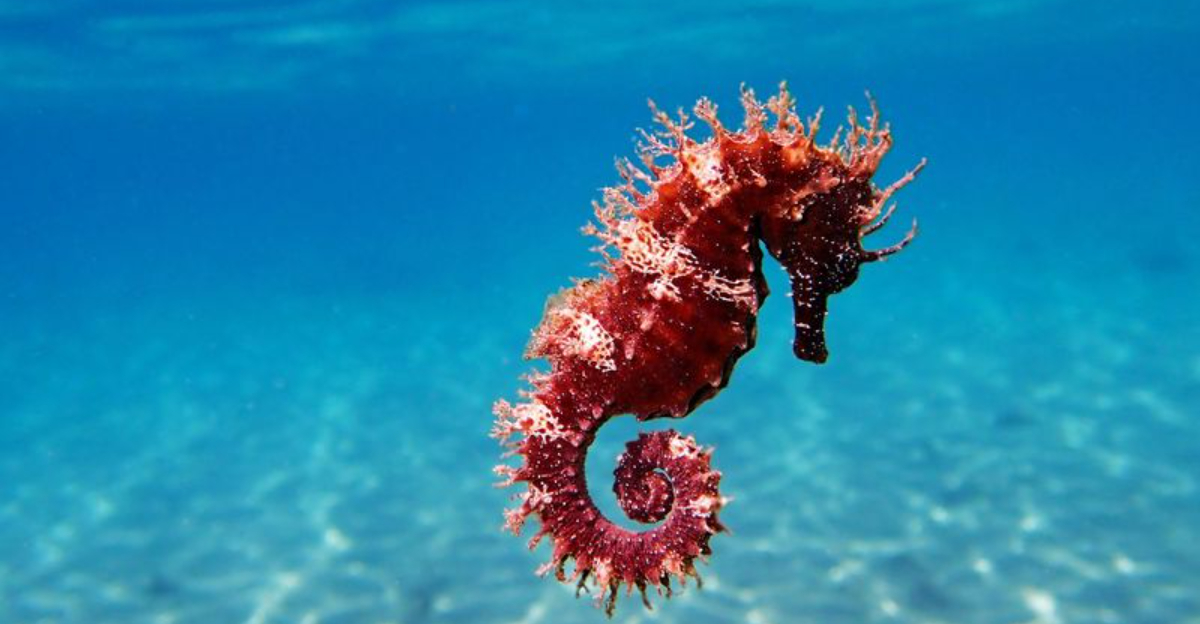
Ever heard of a flying lemur that doesn’t fly or a horned toad that’s not a toad? Animal names can be as tricky as a chameleon on a kaleidoscope.
Join me on this wild ride as we unravel the mysteries behind 16 critters whose names might fool you. Let’s explore what these creatures really are, with a sprinkle of humor and a dash of curiosity!
1. Flying Lemur
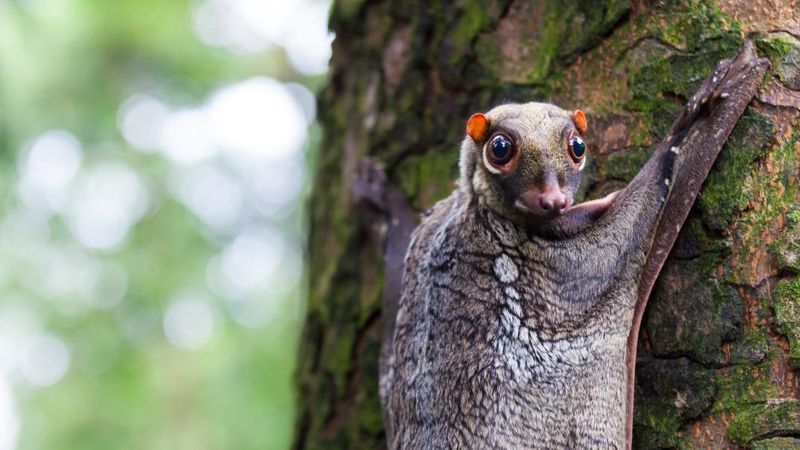
Let’s clear the air – flying lemurs neither fly nor are they lemurs! These misunderstood creatures, native to Southeast Asia, glide gracefully from tree to tree using their expansive skin flaps.
The magic lies in their anatomy – their unique membrane, stretching from neck to tail, allows them to glide long distances. This adaptation is perfect for avoiding predators and moving efficiently.
2. Red Panda
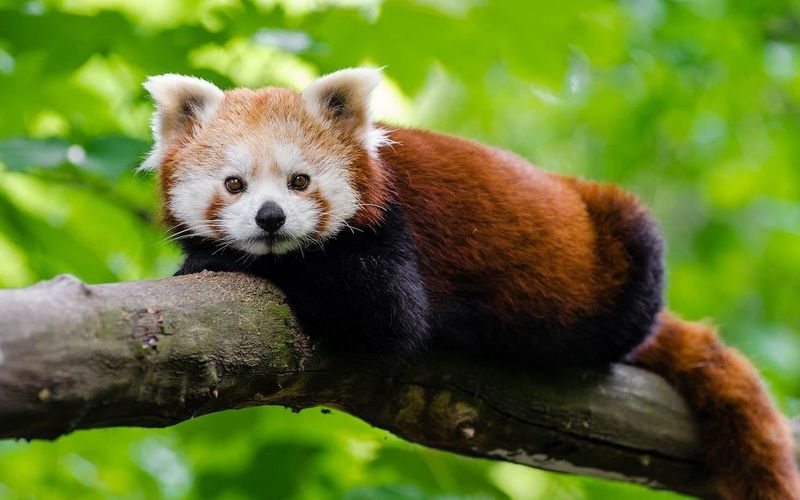
Red pandas are in a class of their own! These adorable creatures are more closely related to raccoons and weasels than the giant pandas they share a name with.
With their fiery fur and bushy tails, they navigate the forests of the Himalayas with grace. Think of them as the acrobats of the animal kingdom, climbing and balancing with ease.
Their diet? Mostly bamboo, but they’re not picky – fruits, acorns, and even bird eggs make the cut. Their name might say panda, but their lifestyle screams adventurous loner!
3. Prairie Dog
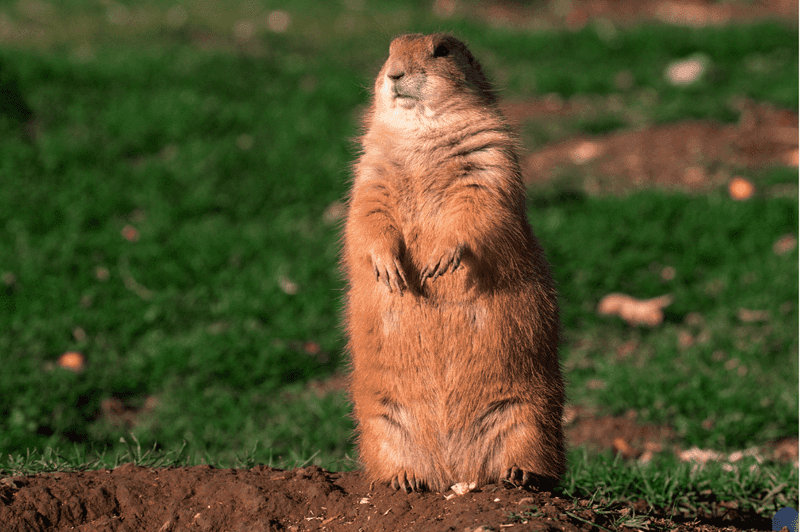
Prairie dogs aren’t dogs at all – they’re more like tiny, socialized ground squirrels! Found across North America’s prairies, these creatures create vast underground communities called “towns.”
Their complex vocalizations, akin to a chirpy language, help them communicate with each other about threats.
Despite their misleading name, these little critters are champions of teamwork and engineering. Their burrows provide a safe haven not just for themselves but also for other animals seeking refuge.
These “barking squirrels” are the true architects of the grasslands!
4. Sea Cucumber
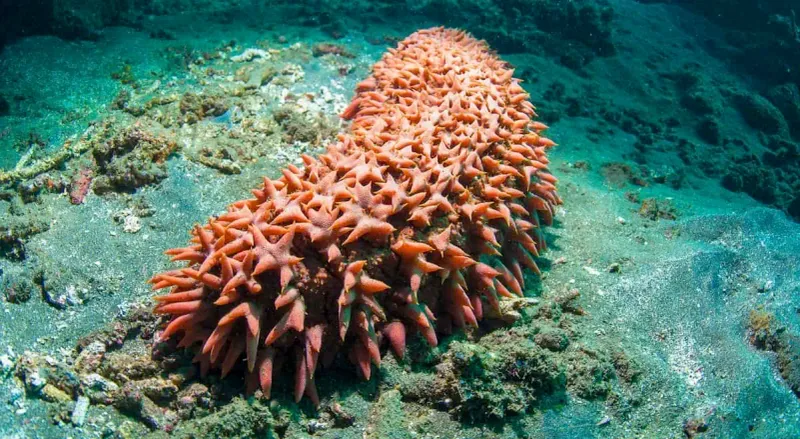
In the underwater world, sea cucumbers might sound like the vegetable of the ocean, but they’re fascinating creatures! Residing on the ocean floor, they play a pivotal role in the marine ecosystem.
These soft-bodied echinoderms are more like living vacuum cleaners, processing sand and organic material through their bodies.
Their diet consists of plankton and detritus, keeping the ocean floor clean and nutrient-rich.
Sea cucumbers might not win any beauty contests, but their ability to regenerate and their unique feeding habits make them essential to marine life.
5. Mountain Chicken
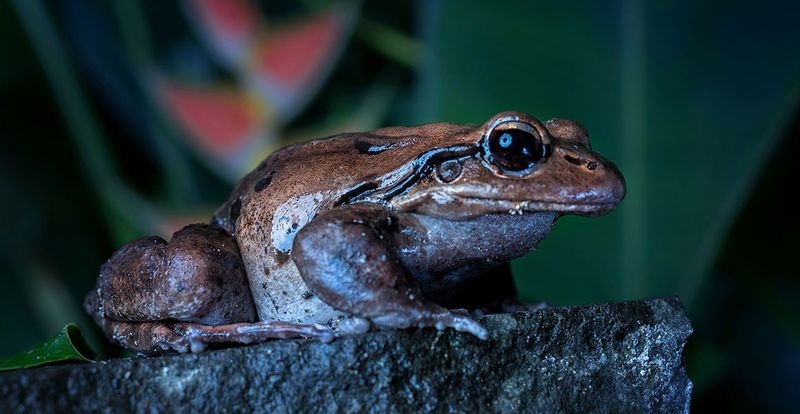
Forget wings and beaks – the mountain chicken is actually a frog! Found in the Caribbean, specifically Dominica and Montserrat, this amphibian is one of the largest frogs in the world.
Its name originates from being a local delicacy, tasting supposedly like chicken when cooked. These frogs prefer tropical rainforests and are most active during the night.
The mountain chicken is a master of disguise, blending seamlessly into its lush surroundings. While its name might suggest a feathered friend, its habitat and behavior tell a different story.
With a booming call that echoes through the jungle, it stands out as a unique voice in the amphibian choir.
6. Starfish
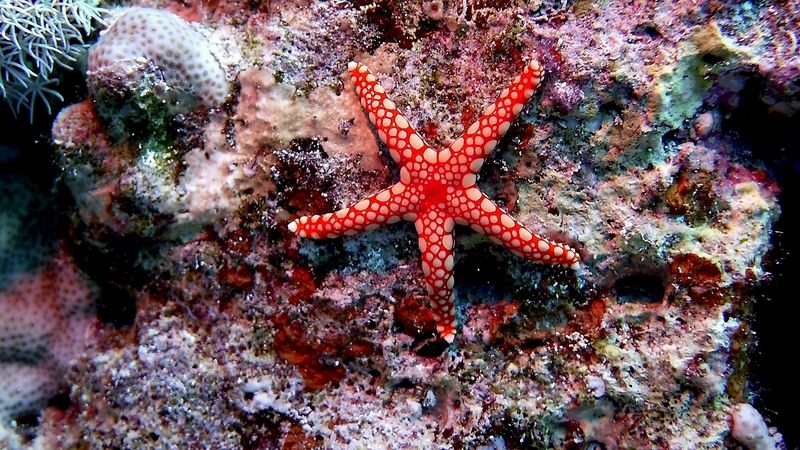
Despite their celestial name, starfish are not fish at all – they’re echinoderms, cousins to sea urchins and sand dollars.
Found in oceans around the world, these stunning creatures are famous for their star-shaped bodies. Their ability to regenerate lost limbs is nothing short of miraculous, making them standout survivors in the underwater realm.
Starfish move using tiny tube feet, helping them glide over rocks and coral as they search for food. With a diet of clams and oysters, they are the unassuming predators of the sea.
While their name might be misleading, their role in marine life is as clear as a starry night!
7. Komodo Dragon
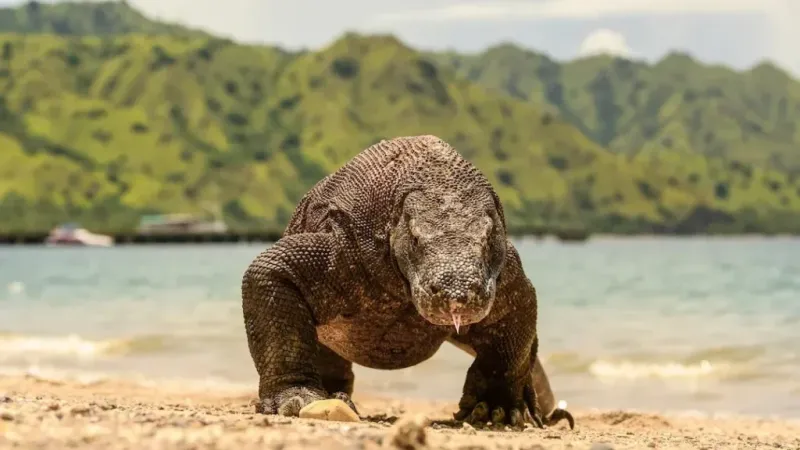
The Komodo dragon might sound mythical, but it’s the world’s largest lizard. Found on a few Indonesian islands, these formidable creatures have a reputation that precedes them.
With a flick of their long, forked tongues, they sense the air for prey. Their stealth and patience make them exceptional hunters, taking down animals as large as deer.
Despite the dragon moniker, they have no wings or fire-breathing abilities. However, they do possess venomous bites and an intimidating presence.
As kings of their island domain, they are every bit as fascinating as their legendary namesakes. Beware if you encounter one, for this “dragon” commands respect!
8. Electric Eel
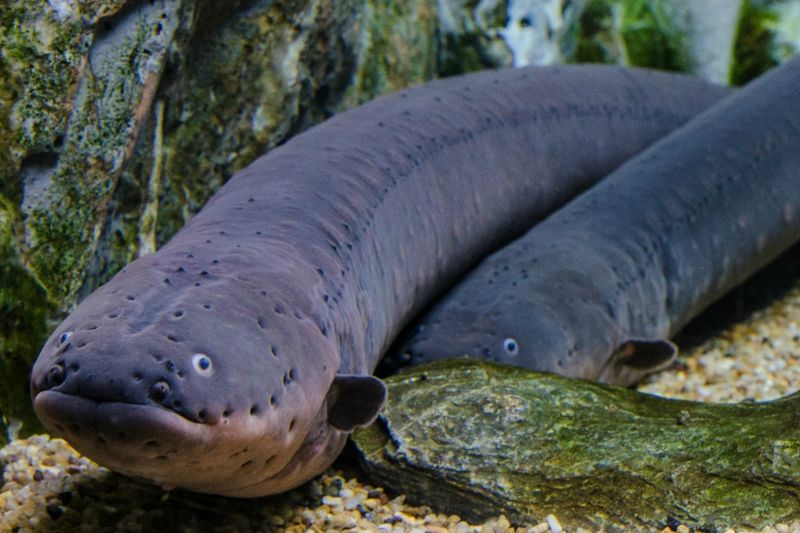
The electric eel isn’t an eel at all – it’s closer to a catfish! Native to South America’s Amazon and Orinoco basins, it’s known for its shocking abilities.
Generating powerful electric discharges, they use electricity for hunting and defense. They navigate and communicate using low-voltage pulses, a unique adaptation in their dark, aquatic realm.
The name might be misleading, but their electrifying presence is real. If you ever find yourself in their habitat, remember – these “eels” pack a real jolt!
9. Antlion
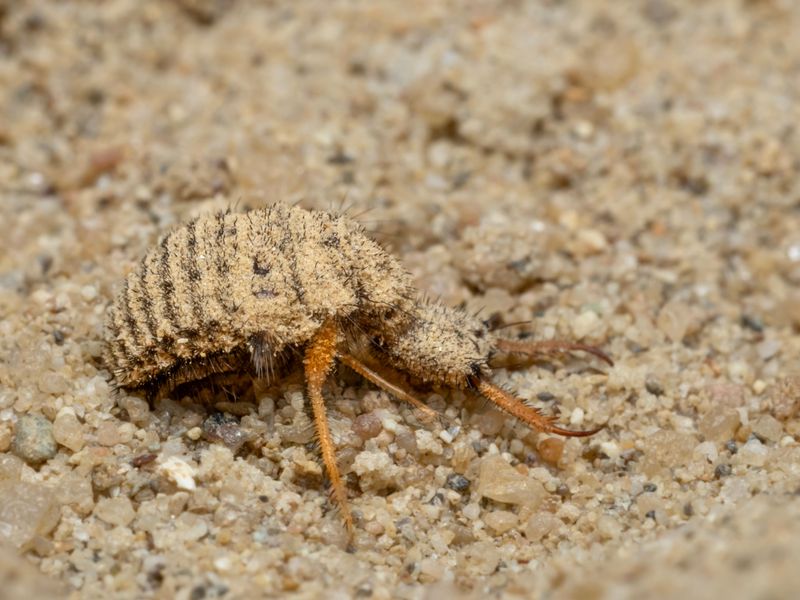
Meet the antlion – not an ant or a lion, but an insect with a twist! As larvae, they dig cone-shaped traps in sandy soil to capture unsuspecting ants and other prey.
These tiny predators, with their large jaws and voracious appetites, resemble something out of a sci-fi movie. They’re nature’s version of the perfect ambush predator.
In their adult form, they transform into delicate, lacewing-like insects. The name might hint at a ferocious beast, but their strategy is one of patience and precision.
Keep an eye out for these incredible hunters, silently at work beneath the sand. In the world of insects, they’re the ultimate trapmasters!
10. Sea Horse
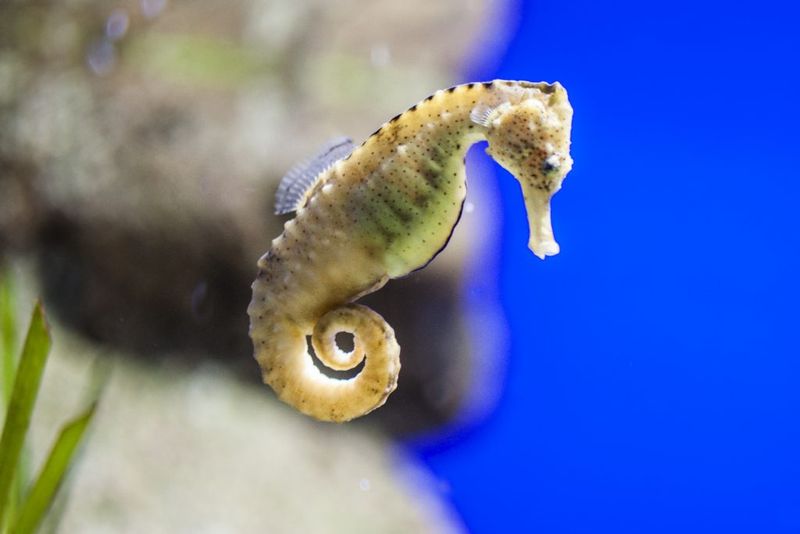
Though called a “sea horse,” this enchanting creature is actually a type of fish.
Unlike what the name suggests, sea horses are small marine animals with a horse-like head, but they swim upright and are known for their unique reproductive role reversal, where males carry the babies.
These fascinating creatures use their prehensile tails to anchor themselves to seaweed and coral, allowing them to stay in place amidst ocean currents.
Sea horses are poor swimmers, relying on the currents to move them across their marine habitats. Living in shallow coastal waters around the globe, they are admired for their gentle demeanor and extraordinary biology.
11. Guinea Pig
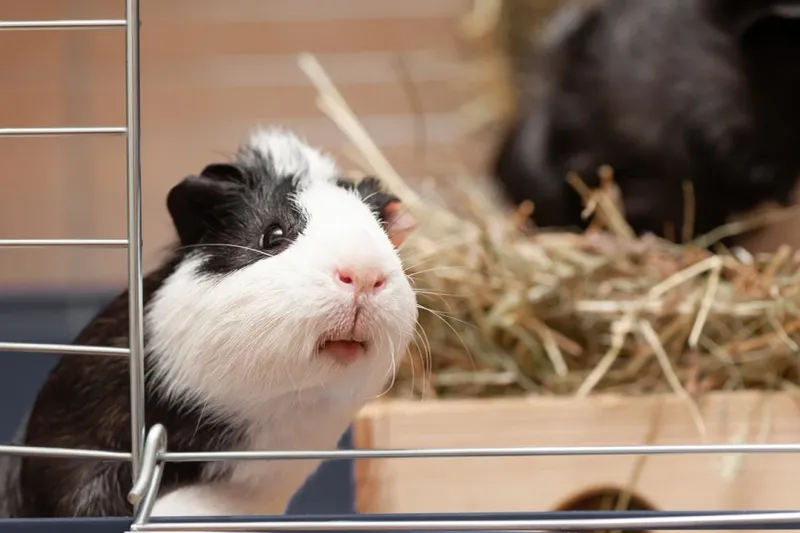
The guinea pig – neither from Guinea nor a pig – is a beloved pet worldwide. Originating from the Andes in South America, they are rodents with a personality larger than their size.
These social animals communicate using a range of squeaks and purrs, making them delightful companions. Despite their name, they’re more closely related to capybaras and chinchillas.
Guinea pigs thrive on fresh vegetables and hay, requiring a balanced diet for their well-being. Their playful antics make them cherished pets in households everywhere.
12. Jellyfish
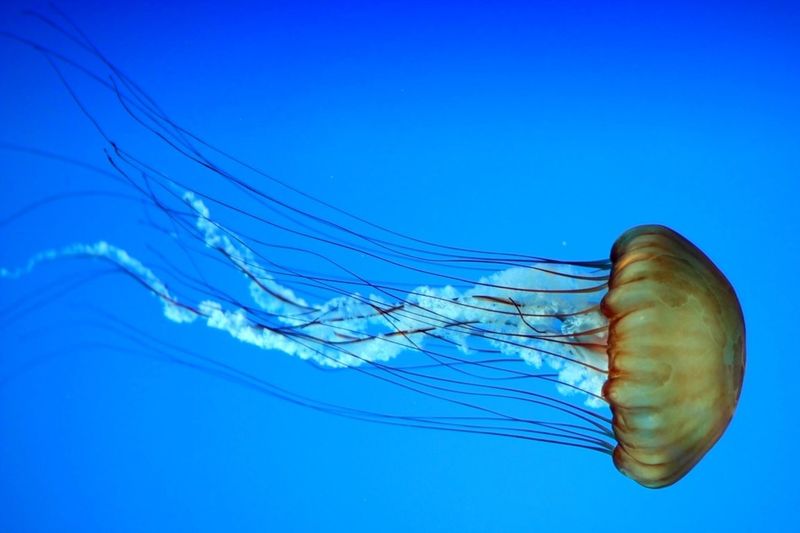
The jellyfish is often thought of as a fish, but it couldn’t be further from one. These mesmerizing creatures are actually a form of plankton known as a “cnidarian.” They lack a backbone and instead have a gelatinous body that drifts through the ocean currents.
Jellyfish have been around for millions of years, predating even the dinosaurs. Their ethereal beauty is matched by their unique methods of defense, such as their stinging cells used to capture prey and ward off predators.
Found in oceans worldwide, jellyfish can be a marvel to watch, but do keep your distance to avoid their sting. These creatures remind us of the diverse and surprising nature of marine life.
13. Koala Bear
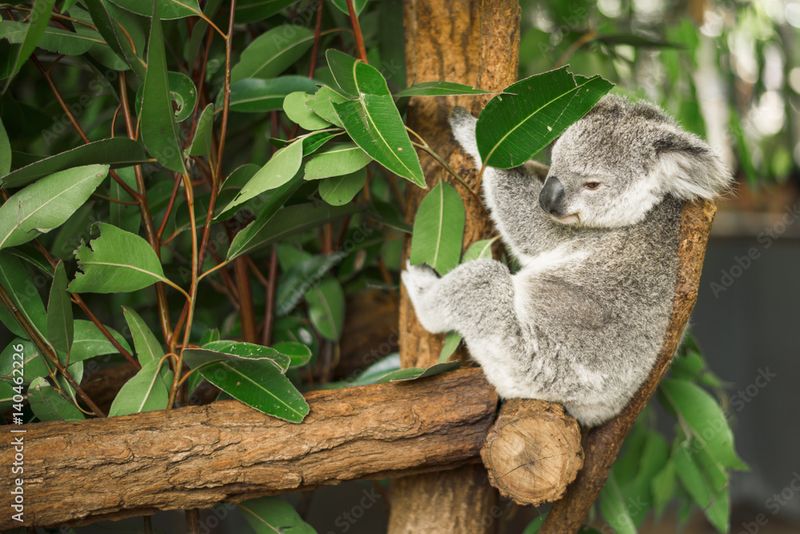
Despite often being called a “bear,” the koala is not a bear at all. With their adorable, teddy bear-like appearance, it’s easy to see why this misnomer persists.
However, koalas are actually marsupials, closely related to kangaroos and wombats. Their cozy pouches are a tell-tale sign of their true classification.
These fluffy creatures spend most of their time napping and munching on eucalyptus leaves. They have a specialized digestive system that detoxifies the otherwise poisonous eucalyptus leaves.
This adaptation allows them to thrive in their natural habitat, but it also makes them highly specialized eaters.
14. Groundhog
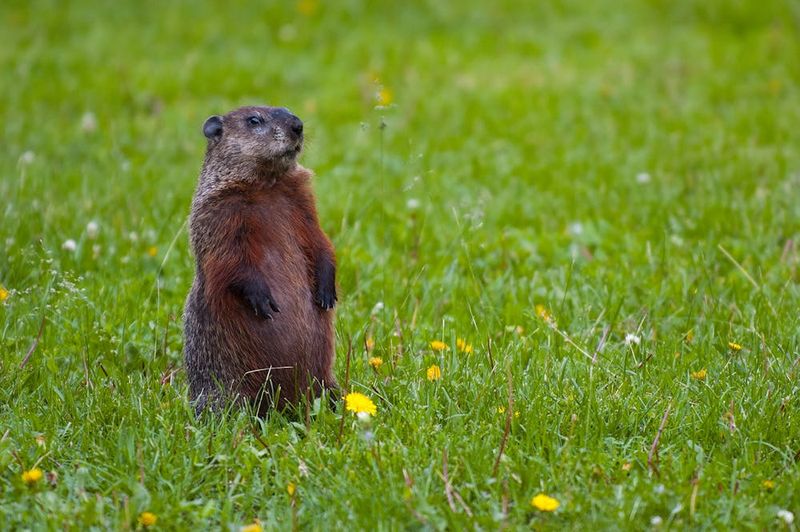
The groundhog, also known as a woodchuck, is a creature of seasonal fame but far from a hog. These rodents, found in North America, are more like marmots with a knack for weather forecasting.
Each February, they emerge from hibernation to “predict” the end of winter, a tradition that’s become a light-hearted cultural event. Their burrows, intricate networks of tunnels, provide shelter and insulation.
While the name might suggest a heavyset farm animal, groundhogs are industrious diggers and keen observers of the changing seasons.
15. Firefly
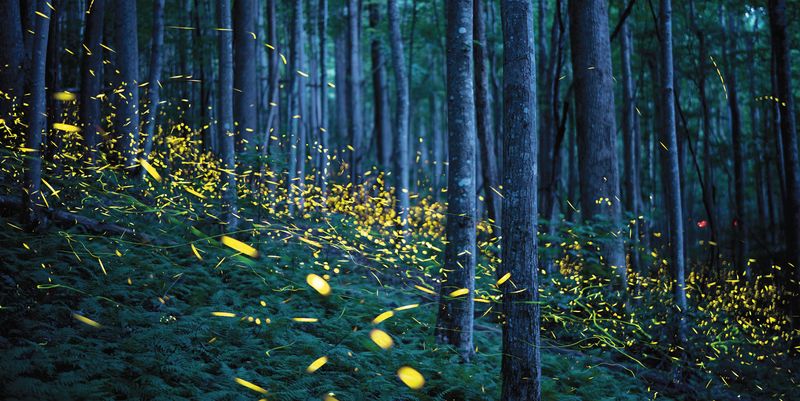
Fireflies might seem like fiery insects, but these bioluminescent beetles are nature’s dazzling light show. Found in temperate and tropical climates, these small wonders illuminate the night in a dance of flickering lights.
Their glow comes from a chemical reaction in their abdomens, creating a soft, warm light that attracts mates and deters predators.
Despite their misleading name, fireflies are cool customers, mastering the art of light without heat. Whether catching them in jars as a child or admiring their glow as an adult, they capture imaginations across generations.
Their name might imply heat, but it’s their cool luminosity that steals the show!
16. Peanut Worm
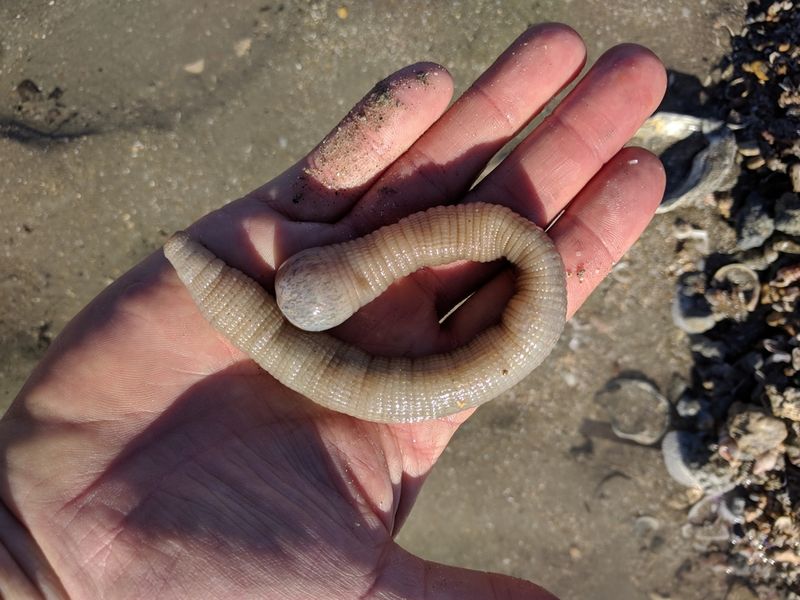
The peanut worm, surprisingly, is neither a nut nor a worm. Found in marine environments, these fascinating creatures boast a body that resembles a peanut due to its ability to contract into a compact, nut-like shape when threatened.
Despite their worm-like appearance, they belong to a distinct phylum called Sipuncula. With a tubular, unsegmented body, they thrive hidden in sandy or muddy substrates.
This peculiar creature feeds by extending a part of its body known as the introvert, to collect organic matter. Their unique adaptation for survival is nothing short of extraordinary!

